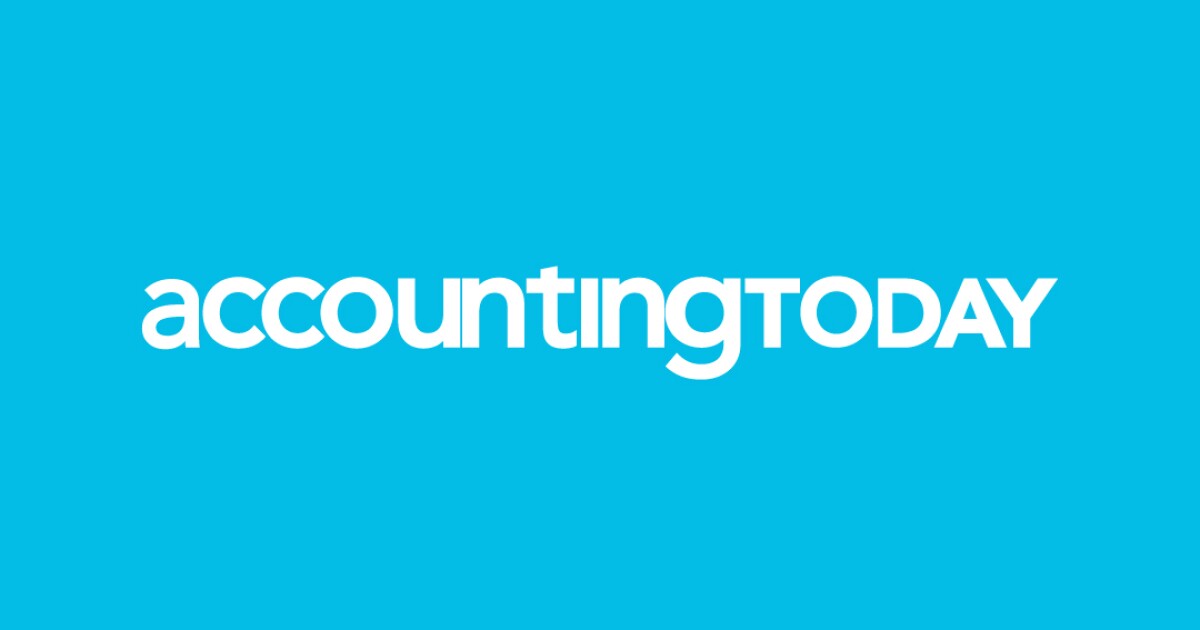Earlier this summer I had the pleasure of presenting The IIA Internal Audit Foundation’s newly released
However, I also want to be clear that if we remain complacent — if we believe that business as usual is good enough — there is a very clear risk that the profession will be rendered irrelevant by 2035. I don’t believe that is a likely outcome, but it is well within the range of possibility. The good news is that our future is firmly in our own, steady hands.
Picking up the pace on technology adoption
Many of the discussions I’ve had over the past month center around technology. Our members have heard us explaining how critical emerging technologies will be to our future — a fact that is underscored in the Vision research. However, we are not doing enough collectively to spur rapid adoption. We must refocus our efforts from the “why”‘ to the “how.”
The Vision findings uncover the extent to which internal audit functions are lagging in their embrace of new technology. While 97% of respondents believe technology will enhance the complexity and volume of data they can analyze, a much smaller portion of practitioners are actively implementing new technology in their audit functions. For example, only 7% are implementing AI at an advanced level in their audit activities, even though 74% of respondents believe AI is the most important technology for the future of the profession.
We as a profession have the responsibility to encourage greater adoption and successful implementation of AI and emerging technologies. The IIA has launched several online resources, including an AI Knowledge Center, to help practitioners successfully use AI tools within their audit functions. We are dedicated to continuing to support audit practitioners as they adapt and evolve to technological change.
Shifting from assurance to advisory
Leveraging new technologies to enhance analytics and increase efficiency is a critical step toward developing more actionable insights for organizations and their stakeholders. The ability to transform insights into proactive recommendations and strategy is crucial to the future of the profession and an important shift that was underscored by the Vision findings.
Overwhelmingly, Vision respondents expect that advisory work will become more essential in the near-term and will play a much bigger role in their annual plans. As the profession evolves, organizations and stakeholders have come to expect more from internal audit, and the shift from providing assurance and compliance services to becoming a proactive, strategic advisor is essential. As such, practitioners must shift their focus to identifying what organizations can and should do to stay ahead of potential risks and set themselves up for growth and success down the line. I believe Vision 2035 can serve as a roadmap, steering us toward a future where internal auditors are no longer merely the “compliance police,” but instead are seen as indispensable strategic advisors.
Lifting as we climb
The overwhelming participation and global support for Vision 2035 has demonstrated a clear dedication and passion for the profession. Internal auditors gain a great deal of satisfaction from the contributions they make on the job. More than 75% of practitioners surveyed said that being able to add value to their organization is the most exciting part of the job, and many also cherish the chance to problem solve and be a trusted advisor to stakeholders.
As we continue to advance internal audit over the next decade, we must channel this enthusiasm into improving external perceptions of the profession. Nearly half of the practitioners surveyed for Vision reported that being misunderstood or undervalued is the greatest challenge to the profession. However, I believe we can flip this if we prioritize stronger communication from important advocates and ambassadors for the profession – including internal audit function leaders, hiring managers and educators — about the value that internal audit provides and the key aspects of the profession that inspires the most excitement.
Harnessing this enthusiasm to showcase the profession’s importance is essential to attracting promising new talent for the next generation of practitioners and fostering a motivated internal audit community.
The road to 2035
As we look toward 2035, we must transform the current perceptions of internal audit by embracing technology, broadening our scope, integrating internal audit with strategy, and enhancing our talent pipeline. Internal auditors, regardless of their level, industry or geography, must possess the skills to address emerging risks while inspiring confidence in stakeholders that we can effectively tackle any challenges in our way.
The Internal Audit Foundation initiated the Vision project because we understand the critical role The IIA’s dynamic leadership must play if the profession is to realize this envisioned future. The title of the report, “Creating Our Future Together” underscores the global effort of drawing insights and input from a community of internal audit practitioners worldwide, so too must be our efforts to continue the groundswell of momentum we have built.
We’ve created an
The IIA will lead the way to achieve Vision 2035. Central to our organizational strategy is a commitment to Advocate, Elevate, Educate and Collaborate to grow the profession and its influence. Our profession has a storied history of resilience and adaptability in the pursuit of excellence. Let us act collaboratively to build support from external stakeholders through close coordination as we chart a path forward that is founded on trust, anchored by integrity, and relentless in the quest for progress.
Credit: Source link











